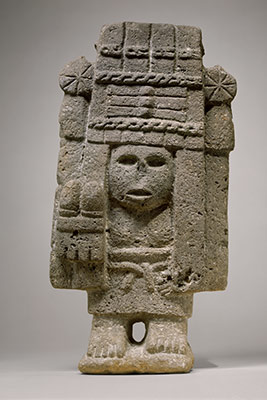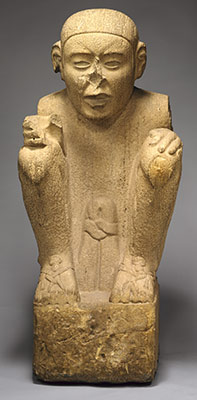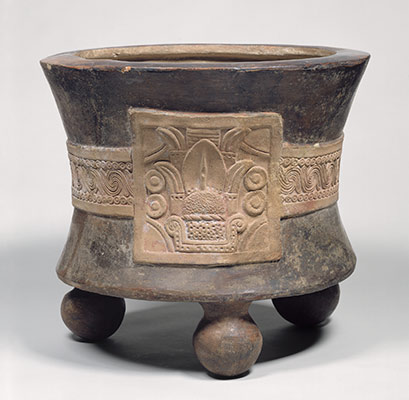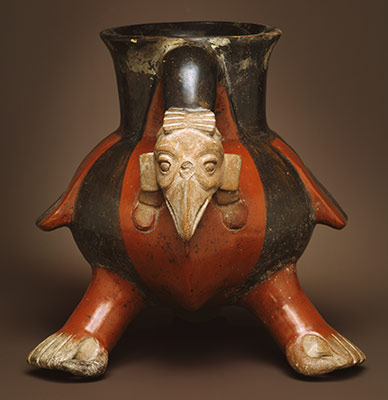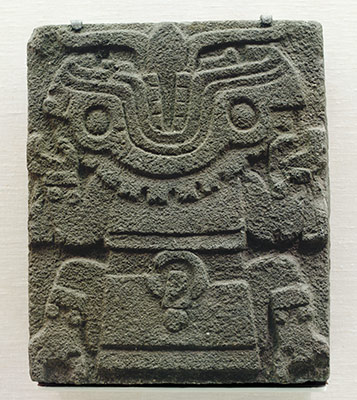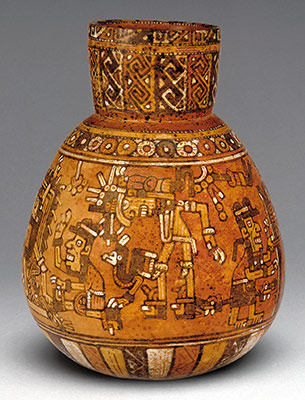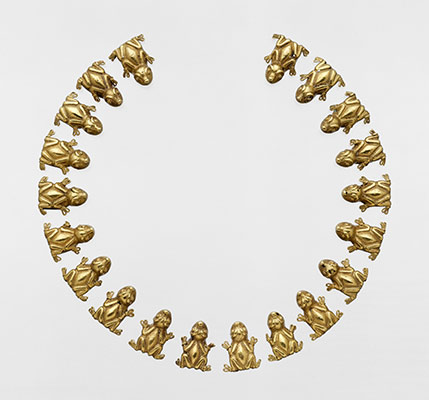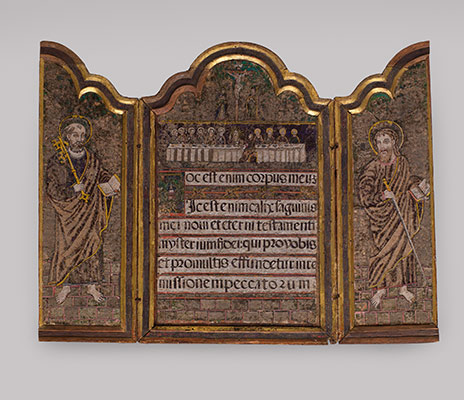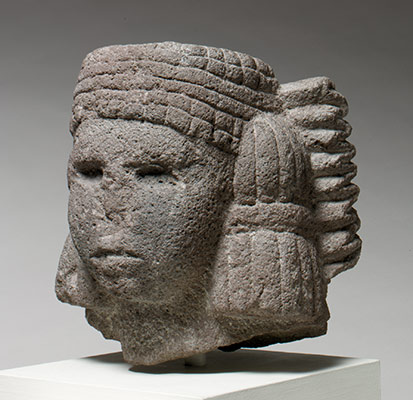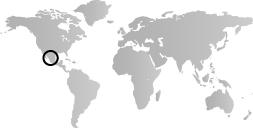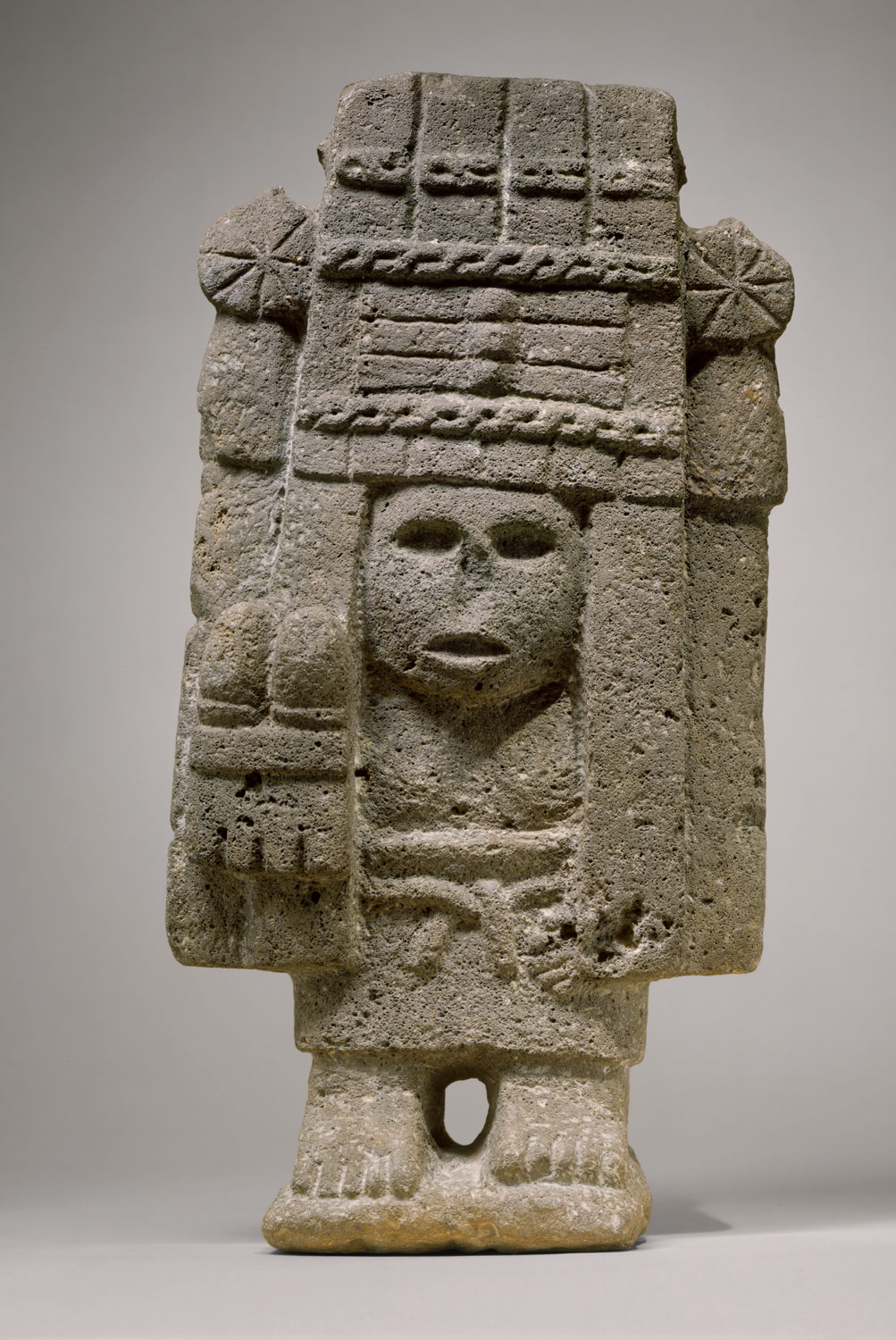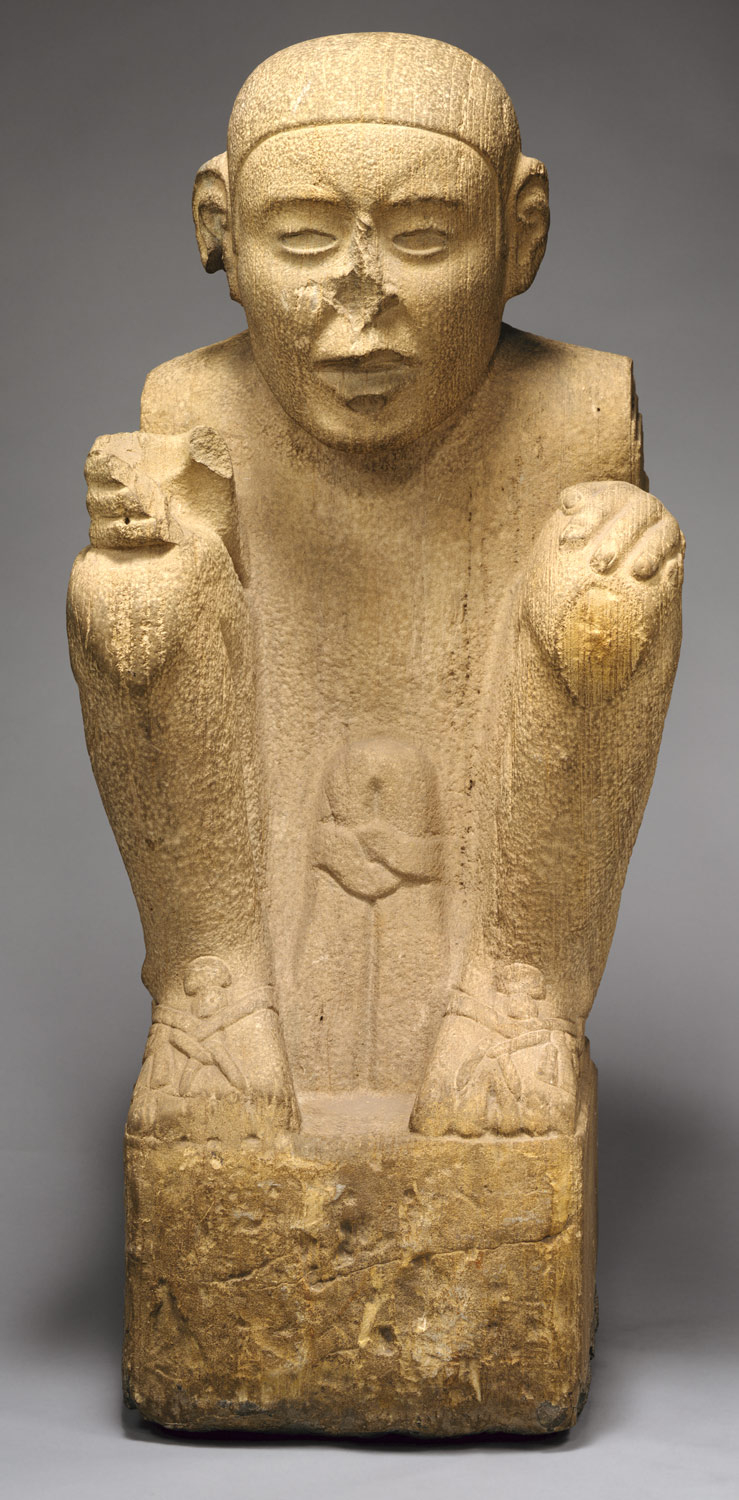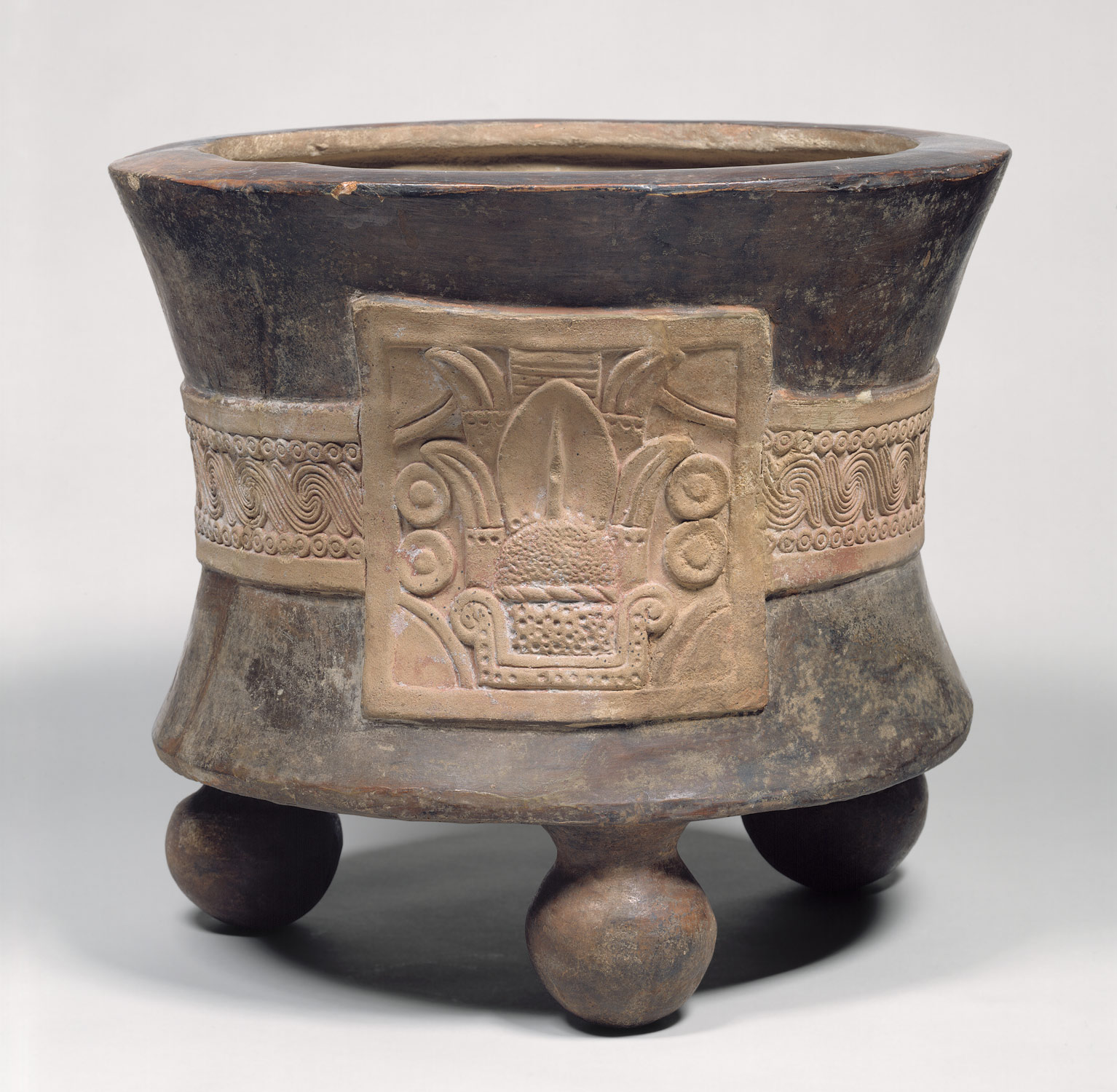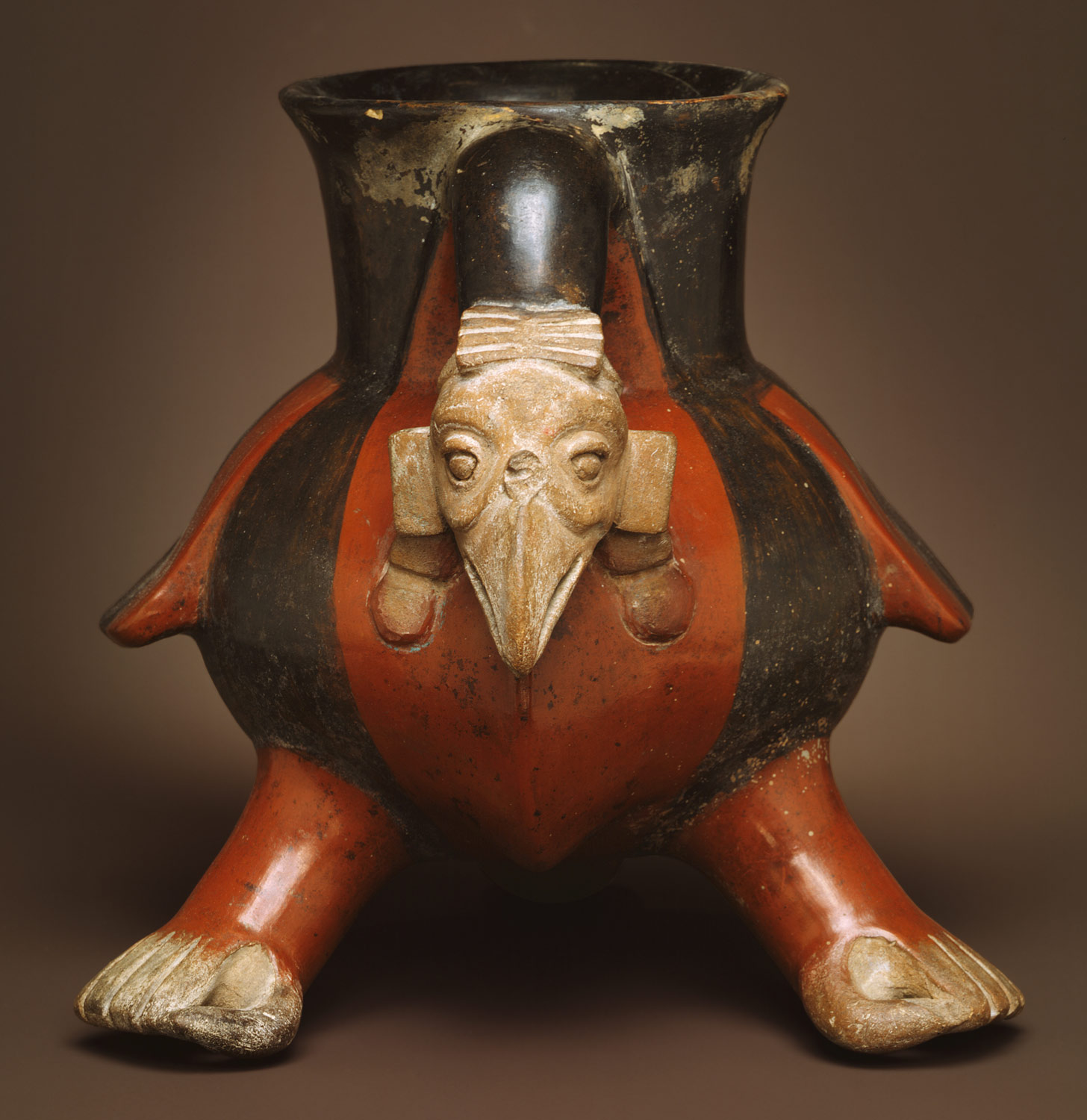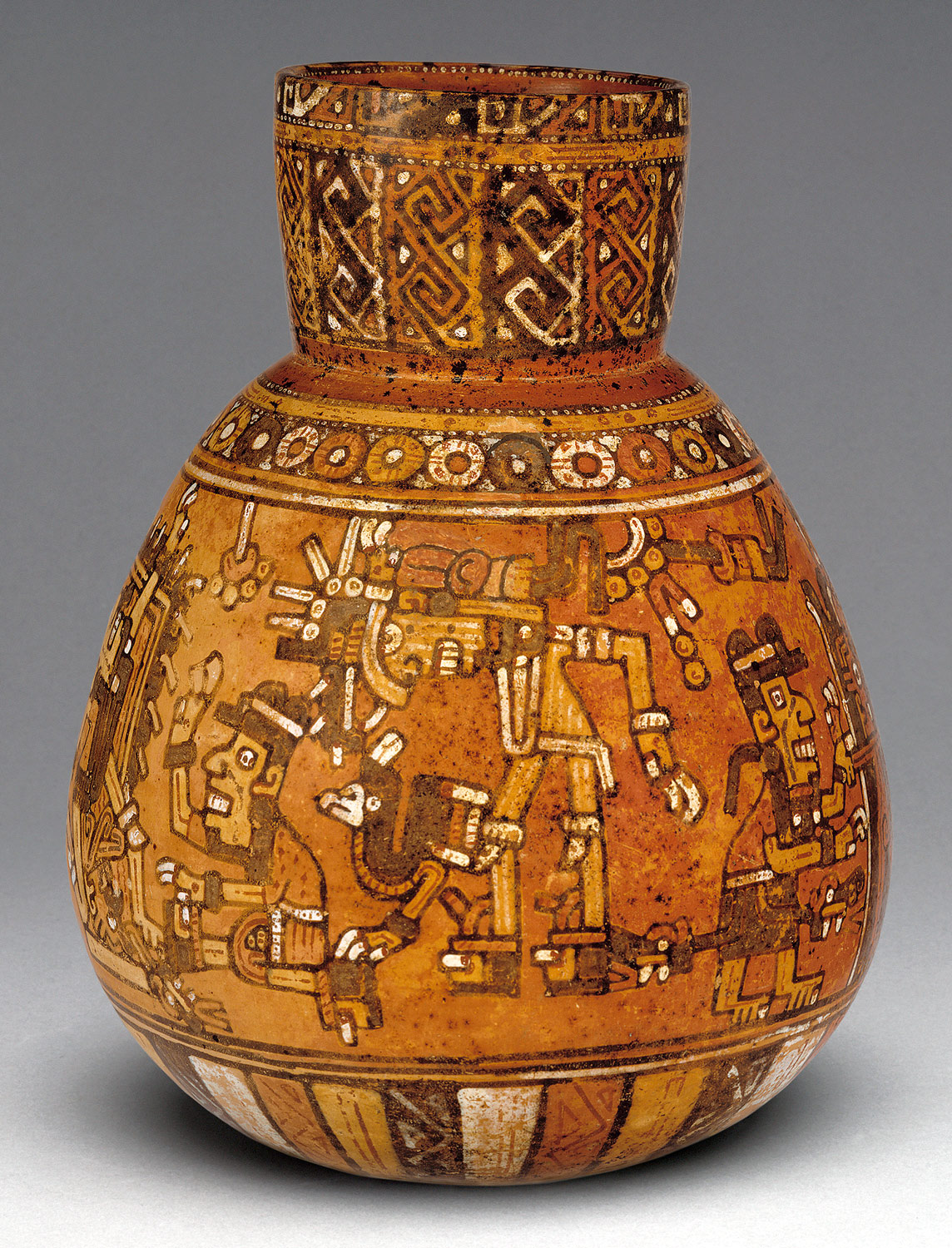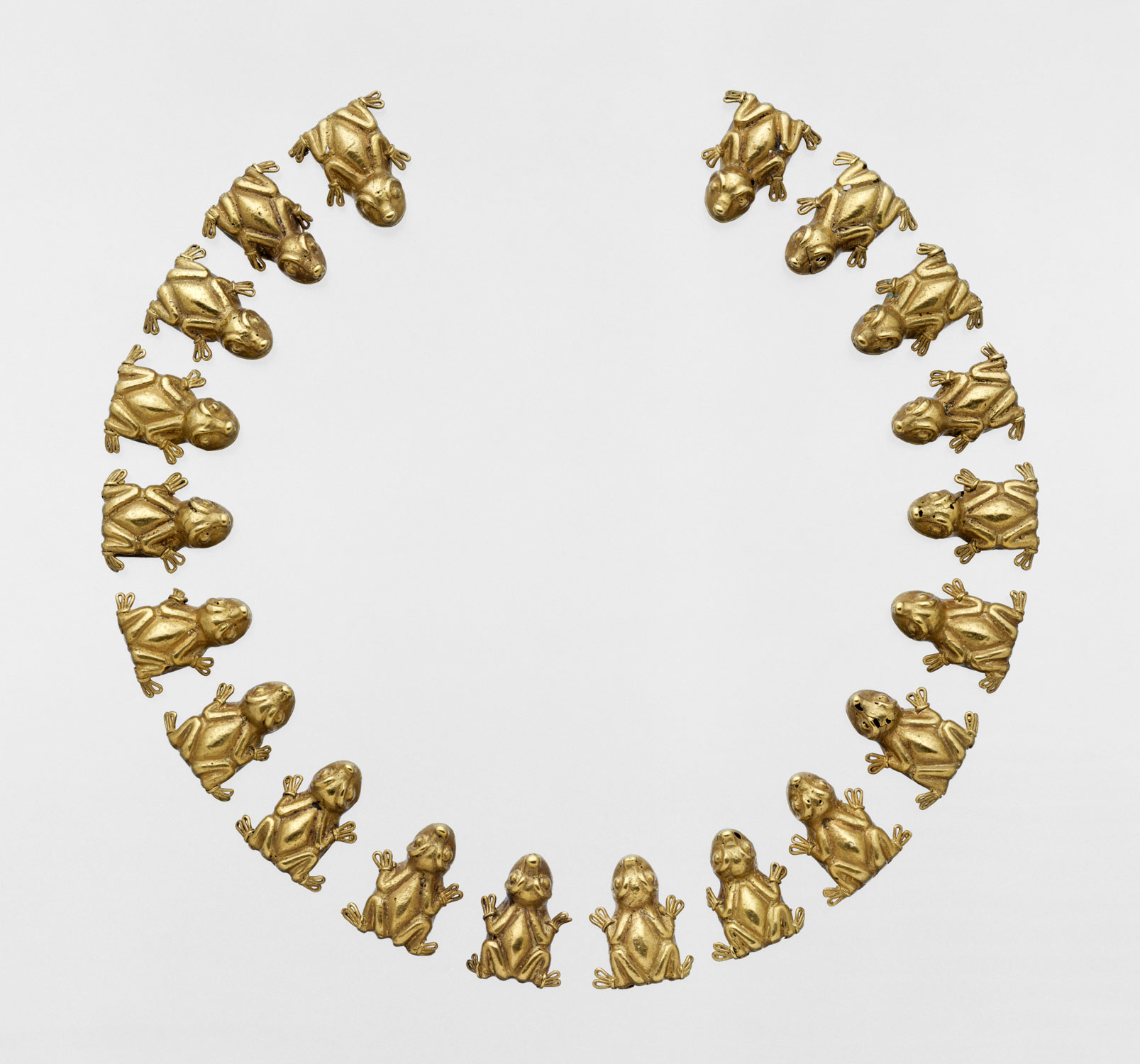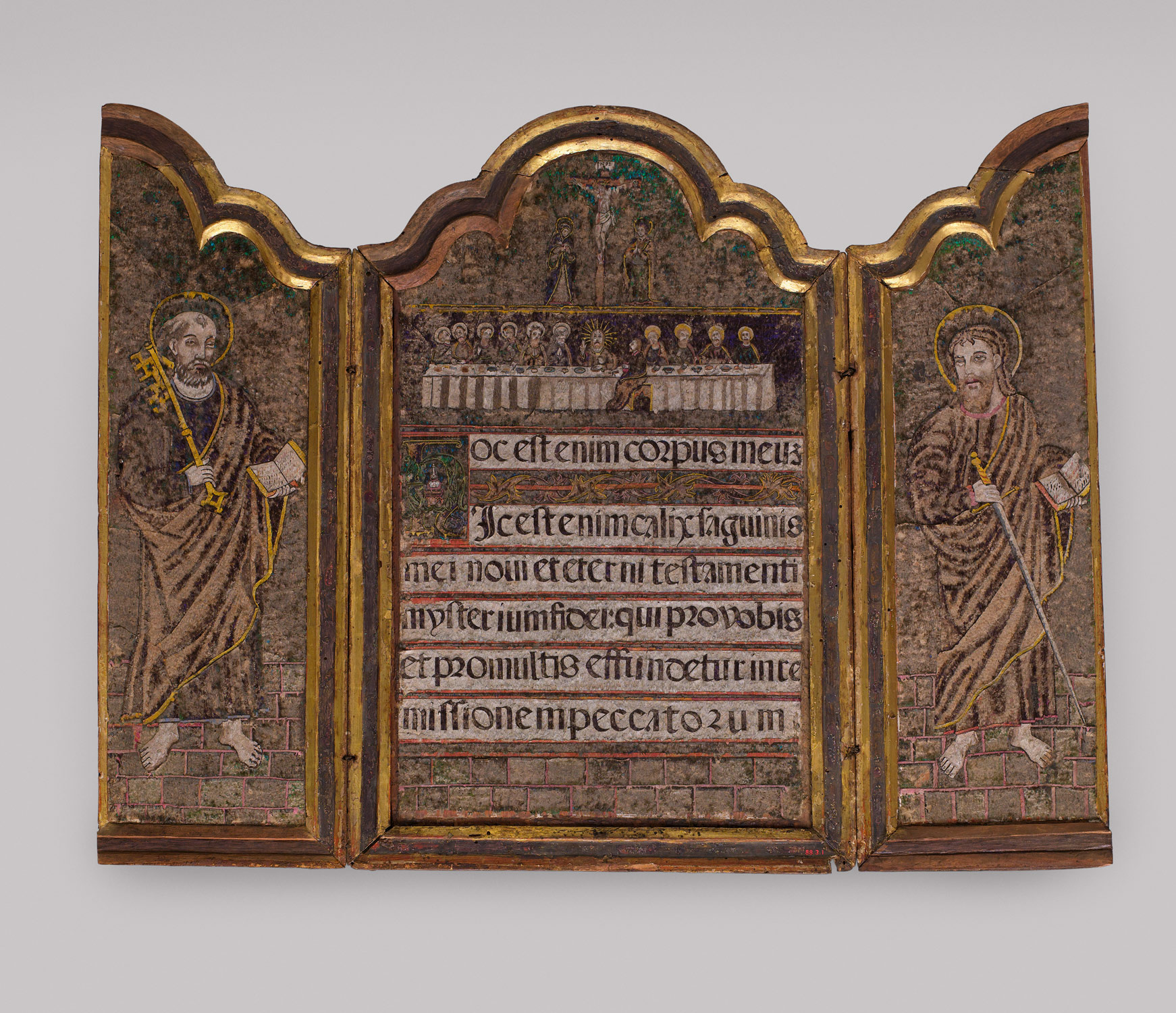By the end of the fifteenth century, Aztec military and economic power extends from the Pacific Ocean to the Gulf Coast in the east, and from the Basin of Mexico south to coastal Guatemala. The empire, ruled from the capital Tenochtitlan, leaves the conquered city-states free to rule themselves, but requires regular, heavy tribute payments and occasional military support for Aztec wars. The influx of tribute and trade goods from environmentally diverse regions into Tenochtitlan provides a wide range of agricultural staples and utilitarian and luxury goods, to be consumed by rapidly growing urban populations. Full-time artists create impressive sculptures in stone for use in state and religious ceremonies or for ostentatious display by the elite city classes. In the west, the powerful Tarascan kingdom successfully resists conquest by the Aztecs. In the Mixteca region to the south, dozens of small kingdoms flourish despite tributary subservience to the Aztecs. Some city-states within the boundaries of the empire remain autonomous, among them Tlaxcala east of the Basin. It becomes an essential ally to the Spaniards in the conquest of the Aztec empire in 1521.
Spaniards, under Hernán Cortés (1485–1547), sail from Cuba and land in present-day Veracruz in 1519. Eventually they penetrate most Mesoamerican regions. Missionaries of mendicant orders follow to convert the populations to the Catholic faith. Growing numbers of Spaniards, lured by the promise of wealth, settle throughout Mesoamerica. The Viceroyalty of New Spain, established in 1535, will stretch from Mexico to the Isthmus of Panama. Native populations decline dramatically as a result of disease, displacement, and overwork, and the imposition of colonial rule leads to the collapse of native civilizations. Rich silver mines in northern Mexico and fertile lands in the south provide wealth and prosperity for the Viceroyalty and the Spanish crown. Art production consists predominantly of religious works commissioned for convents and churches. An eclectic style evolves in art and architecture in which motifs, forms, and technologies from Spain and Europe, introduced by itinerant artists and portable works of art, mix with native symbol systems and techniques.
